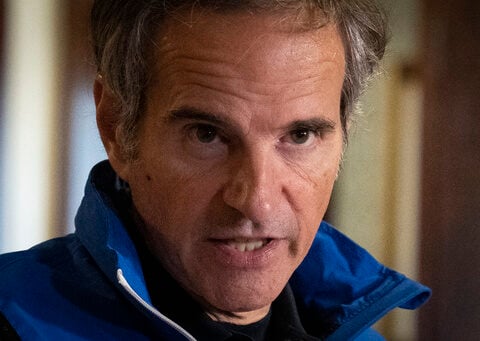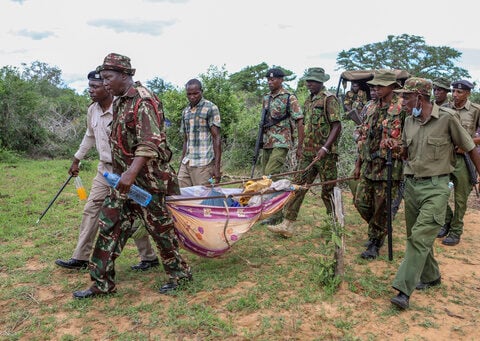How TV shows have grappled with a post-Dobbs America
In a March 2023 episode of ‘Accused,’ a teacher tries to help his student navigate the hurdles of getting an abortion. Steve Wilkie/FOX Two doctors sit, despondent, on the side of a busy road as they watch an EMT zip up the body of their patient into a body bag. The patient died as a direct result of a fatal ectopic pregnancy, which her OB-GYN refused to treat because of a new anti-abortion law in her home state. Tears in her eyes, one of the doctors responds to questions from the EMT about the death. Then she shouts: “It’s the

 Trump has begun another trade war. Here's a timeline of how we got here
Trump has begun another trade war. Here's a timeline of how we got here
 Canada's leader laments lost friendship with US in town that sheltered stranded Americans after 9/11
Canada's leader laments lost friendship with US in town that sheltered stranded Americans after 9/11
 Chinese EV giant BYD's fourth-quarter profit leaps 73%
Chinese EV giant BYD's fourth-quarter profit leaps 73%
 You're an American in another land? Prepare to talk about the why and how of Trump 2.0
You're an American in another land? Prepare to talk about the why and how of Trump 2.0
 Chalk talk: Star power, top teams and No. 5 seeds headline the women's March Madness Sweet 16
Chalk talk: Star power, top teams and No. 5 seeds headline the women's March Madness Sweet 16
 Purdue returns to Sweet 16 with 76-62 win over McNeese in March Madness
Purdue returns to Sweet 16 with 76-62 win over McNeese in March Madness
























